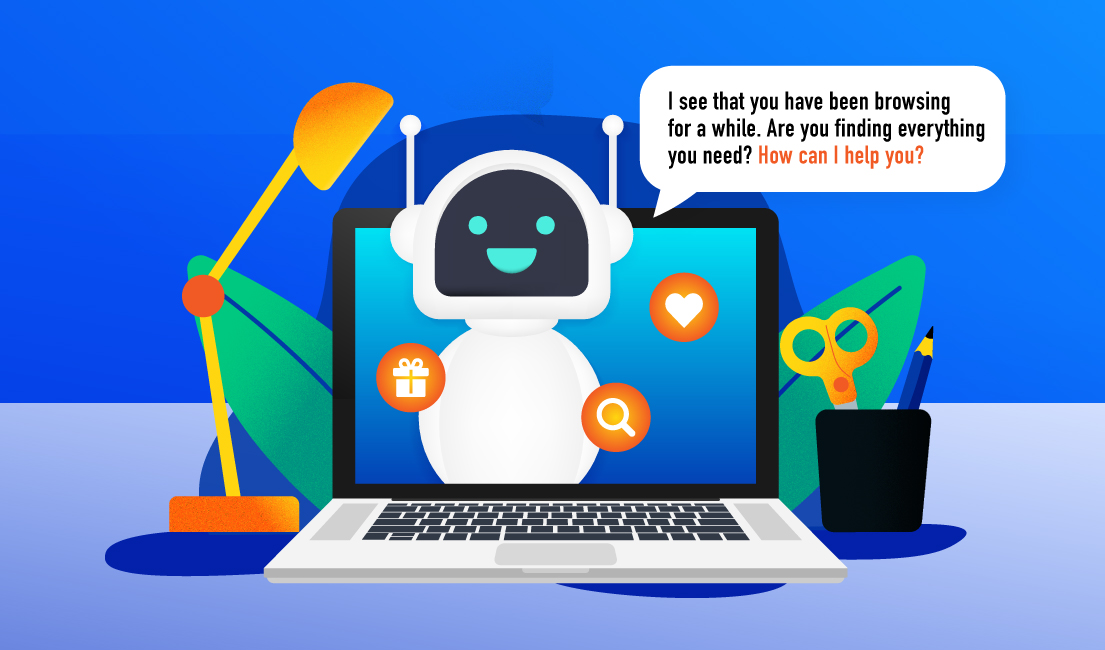6 min read
When talking about promotional marketing, people usually think about coupons, discounts, and freebies. However, this tactic goes beyond those. From objectives to types of promotion marketing and formulating a promotional strategy, here is a quick guide to help you better understand and execute this crucial aspect of marketing.
What Is Promotional Marketing?
Promotional marketing is the process of communicating your brand and the features and benefits of your product or service to your target audience. The aim of promotional marketing is to increase awareness and sales by getting people to take notice and take action.
Promotional marketing is one of the 5Ps of the marketing mix alongside product, price, place, and people. To carry out promotional marketing, you need to define your promotional strategy in order to achieve your objectives.
If successful, promotional marketing will help your brand and products stand out, engage your target audience, and convince customers to spend their dollars with you.
What Are the Objectives of Promotional Marketing?
The overarching objective of promotional marketing is to entice people to buy into your brand and to purchase. However, your workable objectives are specific to your wider marketing goals. Here are some examples:
- Boost brand awareness
- Increase awareness of a new product or service
- Differentiate a product or service
- Generate more sales leads
- Up the frequency of purchase
- Share information on a product or service
- Improve customer loyalty
What Are the Common Types of Promotional Marketing?
There are five basic types of promotional marketing. You can choose the one(s) that are most effective for achieving your goals.
- Advertising
Advertising is a form of paid media communication, including paid search, social media, banner, outdoor, print, radio and TV ads. It is a great tactic for increasing awareness of a brand and product as it offers broad reach. However, it can be hard on the budget and impersonal if it is not accurately targeted. - Sales promotions
Sales promotions are short-term incentives designed to stimulate trials or purchases. Examples include discounts, coupons, cashback, free shipping, gifts, contests, and point of purchase promotions. They can be effective in attracting new customers to try your products, generating customer loyalty, and increasing word-of-mouth. However, if they are poorly executed, they can affect brand perception and hurt profit margins. - Direct marketing
Direct marketing targets potential customers through social media, email, app, SMS, direct mail and telemarketing. It can be highly personalized, and it is effective in building customer relationships and driving better conversion rates. - Public relations
Public relations is about influencing, engaging and building a relationship between organizations and their publics. It involves generating earned media through press releases, social media messages and events to grow awareness and shape your brand. It is cost-effective as you are not paying for exposure directly, but it can be hard to gain attention and difficult to control. - Personal selling
Personal selling involves direct face-to-face communication between a salesperson and a prospect or customer, such as in-store or at an event. Tactics include the approach, pitch, and follow-up. Personal selling can be effective in marketing complex products and building relationships and trust. The downside of personal selling is that it can be expensive.
How to Build a Promotional Marketing Strategy?
As promotional marketing is one of the most common practices, you will need an effective promotional strategy to stand out. Here are the recommended steps to build an effective promotional marketing strategy:
1. Define smart goals
Setting your goals or objectives is the first step. What do you want to achieve through promotional marketing? The more specific your goals, the easier it is to create detailed plans to achieve them. Instead of saying you want to generate more sales leads, be more specific, for example, generating 500 more leads in a month. Smart goals like this can help you track progress and stay focused.
2. Set you budget
Once you have set your goals, you can analyze and determine how much budget you can allocate to your promotional activities.
You can calculate based on past experiences. Alternatively, you can use machine learning tools to predict potential conversion rates and the ROI of your new promotions more accurately.
3. Identify hesitant customers for precise targeting
A crucial step to success in promotional marketing is identifying the right target audience. As well as considering demographics (age, gender), look at psychographic (values, attitudes, interests) and behavioral data. The more accurately you can define them, the better.
You can leverage advanced machine learning to crunch customer data on their on-site behavior in real time to gain an accurate insight into their purchase intent. The key is to target hesitant customers – people who are most likely to purchase with incentives – and to avoid wasting money on window shoppers and those guaranteed buyers.
4. Choose your tactics and channels
The tactics and channels you choose for your promotional marketing should be dictated by your objectives and what you know about your audience.
For example, if you want to increase awareness and you know your audience spends a lot of time on social media, you might consider social media marketing. Alternatively, if your objective is to get more new leads, you can try pay per click or display advertising. A solid promotional marketing strategy should take an integrated approach and include a mix of tactics and channels to maximize your effort.
5. Develop your messaging
Your messaging should vary depending on your brand and USPs, the goals of each promotional campaign, and the stage of the buying process your audience is at. It should also be highly tailored to your target audience’s interests and pain points.
Use deep learning to analyze keywords in order to better understand your customers’ needs. Personalized messages create a much stronger emotional connection and a more positive response. Finally, optimize your copy and design, including a strong and clear call to action.
6. Run and track your campaignsThe timing of your promotional campaigns is crucial. As well as outlining a promotional timeline, build a visual calendar to help you coordinate campaigns. In addition, use machine learning to predict where your customers and prospects are most likely to be and when to boost your chances of being seen.
To measure the effectiveness of your campaigns, it is important you track the right metrics. The metrics you select will depend on the type of promotional campaign you are running and the channels you have chosen. Some examples of key metrics include click-through rate, conversion rate, cost-per-click, and engagement.
7. Analyze results and review goalsAfter running your promotional campaigns, analyze the results and see whether your efforts are paid off. This involves looking at your key metrics and referring back to your goals. As well as considering whether your campaign worked, you need to evaluate whether it was worthwhile, in other words, does the ROI justify your efforts?
Each time you analyze your results, you can gain further clarity on your audience, methods, and messaging, enabling you to optimize future promotional marketing efforts.
Now you know what promotional marketing entails. Start to plan your next promotional campaign to drive engagement and sales.
* Want to know how PizzaHut used AiDeal, our intelligent promotional marketing platform, to successfully increase its website conversion rate by 15%? Get in touch with our team today for more information.



